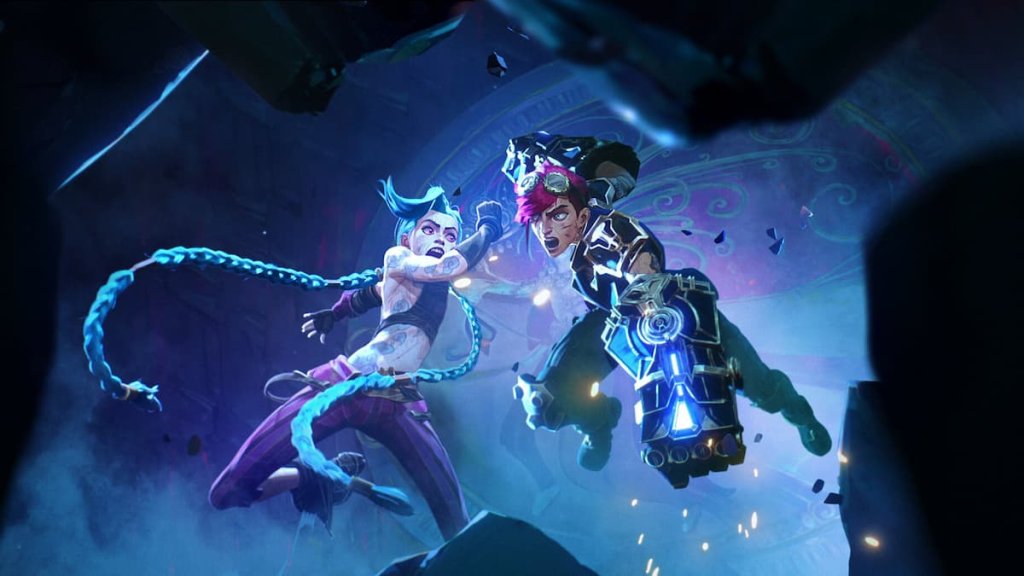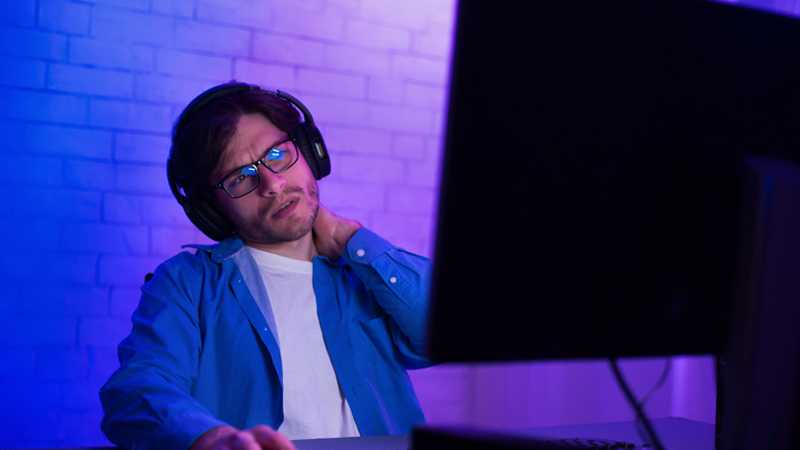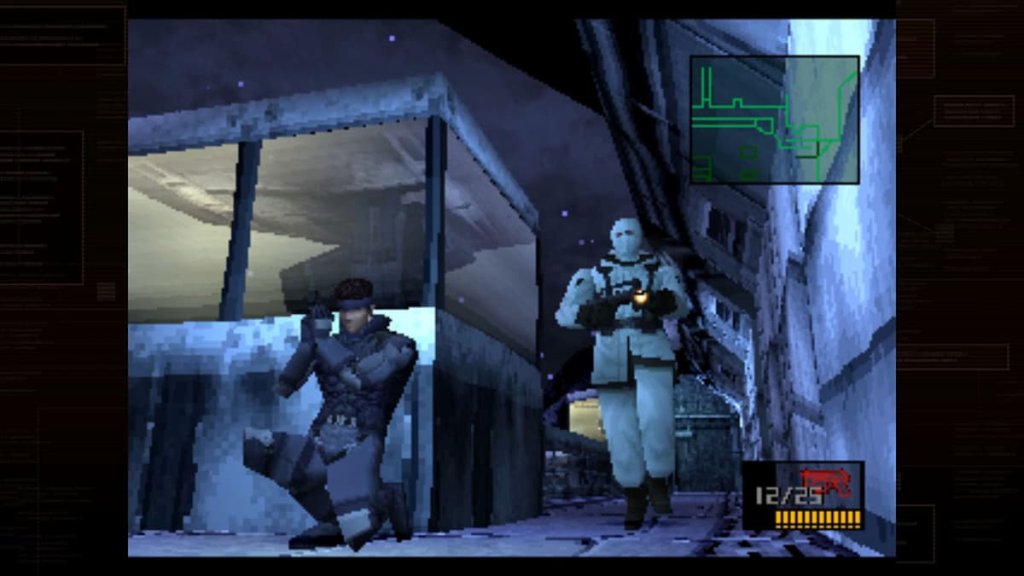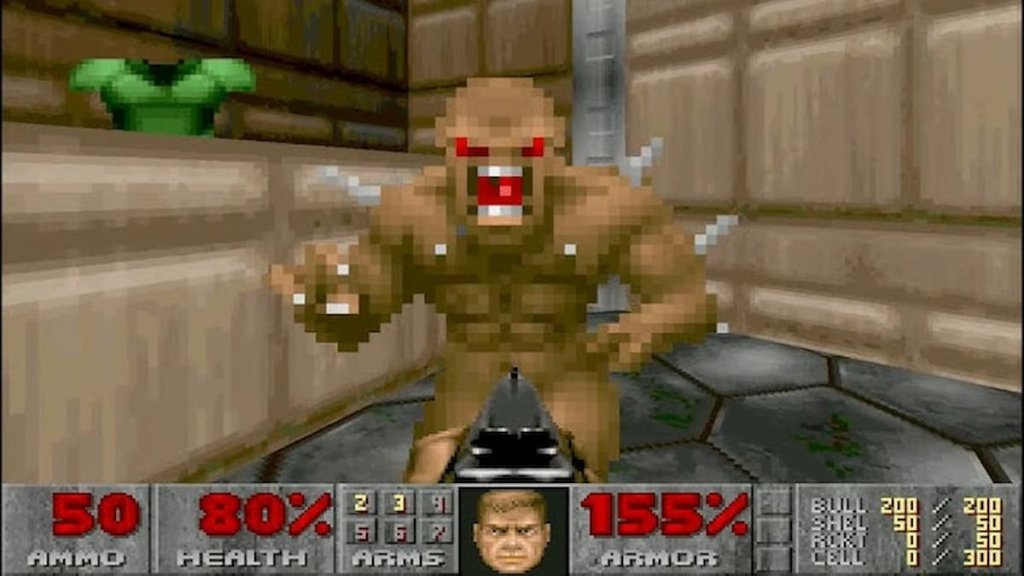
How to Avoid Gaming Injuries – Simple steps that make a big difference
Even though gaming doesn’t usually happen outside, it can still be a dangerous activity. Even as a gamer, injuries are still a common occurrence. Prolonged hours and excessive repeat behavior can severely harm your body.
Let’s take a look at some common gaming related injuries and ways to avoid them.

What is a gaming injury?
A gaming injury is an injury that occurs from frequent or elongated gaming sessions. These injuries can vary by platform, but the parts of the body that are affected can also sometimes overlap as all types of gaming typically involve using the same parts like the hands and fingers.
These injuries are not usually life-threatening, and treatment is relatively easy. A big part of treating gaming-related injuries involves self-awareness of one’s conditions when playing video games.
Since the number of gamers is continuously rising, the number of gaming-related injuries will increase accordingly. It is essential to raise awareness of such injuries and how to treat them when/if they occur.
What are the most common gaming injuries?
Typical injuries that can occur from long periods of gaming have to do with the most stressed parts during gaming. That includes eye strain, neck and shoulder strain, and inflammation or swelling of tendons. Carpal tunnel and posture issues are also widespread gaming-related injuries.
Injuries also vary based on the platform that the player uses. Console and computer gamers often see similar injuries due to the hunched over posture and small, repetitive movements with controllers and computer mice.
Since virtual reality is more active than other forms of gaming, injuries might come from falls or tripping since players cannot see their surroundings. Eye strain can also occur since the screen is so close to the player’s eyes in VR.

© Esports Healthcare
The importance of stretching
Most gamers sit down when playing video games, except for virtual reality gaming. This inactivity can cause parts of the body that maintain the same position for long periods to stiff and require stretching.
There are many different exercises gamers can do depending on the affected part of the body. Shoulder rolls, neck extensions, arm stretches, and finger stretches are easy ways to ensure they don’t get stiff and uncomfortable. There are even finger bands that you can buy to strengthen, stretch, and protect your fingers, hands, wrist, and forearms.
If your back hurts, get up and walk around a bit. Consider the seat you are using and how ergonomic it is for your posture. Gaming chairs are often designed with comfort and good posture in mind, so research into buying one will prove useful.
Practicing poor stretching habits and overuse of joints can lead to more severe and long-term afflictions like stiffness and pain, among others. Practice self-awareness and moderation when gaming for long periods is the key to preventing these types of health issues. If these issues become more severe or painful over time, consider consulting a medical professional.

© darbee
The importance of posture
A large number of gamers, whether they play on a console or computer, practice poor posture. The image of someone hunched over a keyboard or a controller is certainly not an uncommon one. Poor spine posture can have long-term effects if it is not taken care of at a reasonable time. Some of these effects include poor digestion, increased risk of cardiovascular disease, back pain, subluxations, and nerve constriction.
Apart from practicing regular stretches every hour or so, the chair that gamers use is also an important part of maintaining good posture. Gaming chairs are superior to standard office chairs as they generally have features that support posture and comfort. Some of these features include adjustable armrests, backrests, and overall chair height. Some chairs also neck/back pillow for added support in those areas.

Typical Gaming Chair Posture Advertising
Since gaming chairs are built based on the design of race-oriented seats, they have heavy side and back bolstering to keep gamers in place and make sure their spine is as straight as possible during gaming sessions.
Correcting poor posture and treating its effects can become harder with age, but it is never too late to seek treatment. Taking care of the body and treating it right should be a priority when it comes to gaming.












